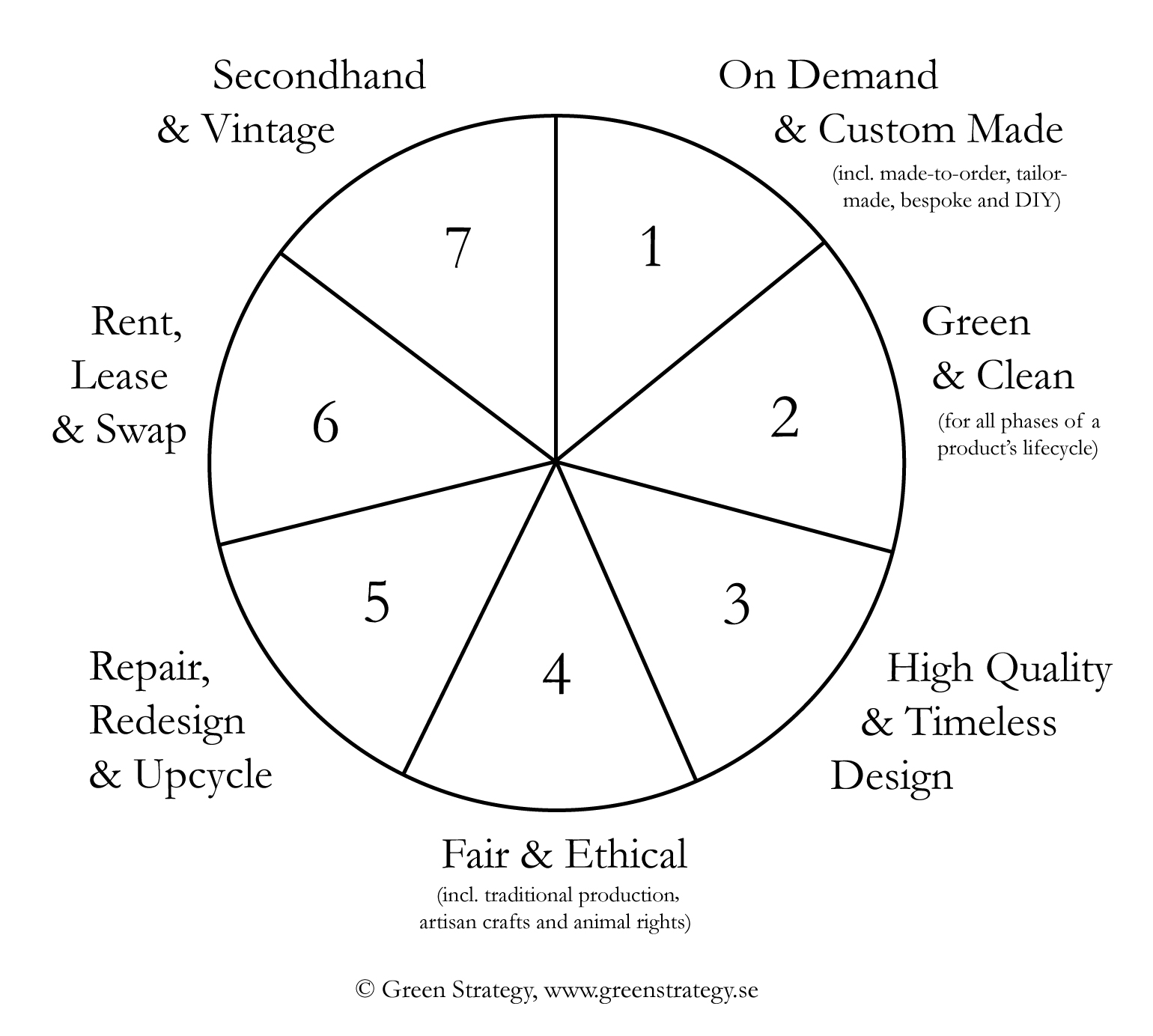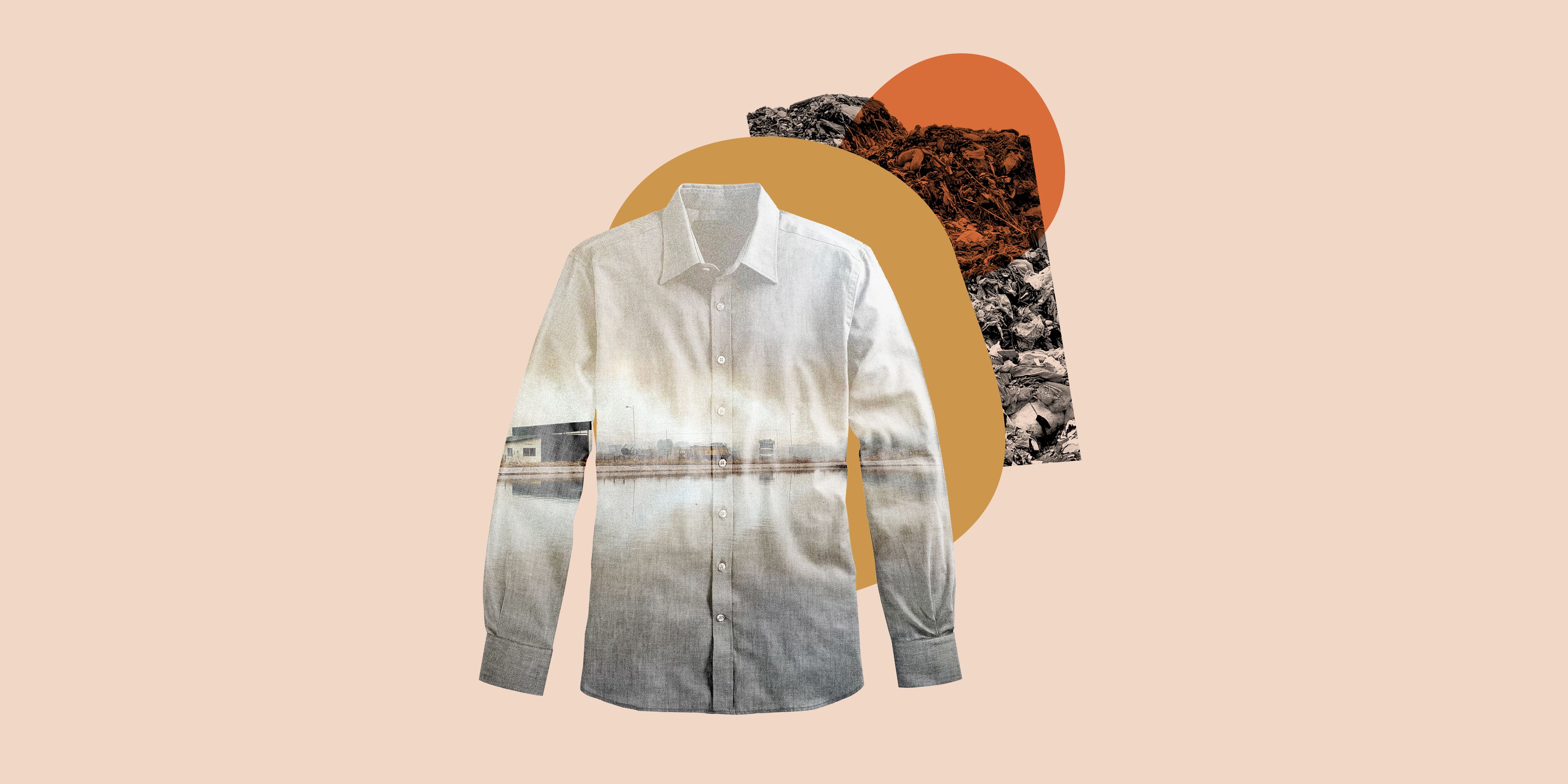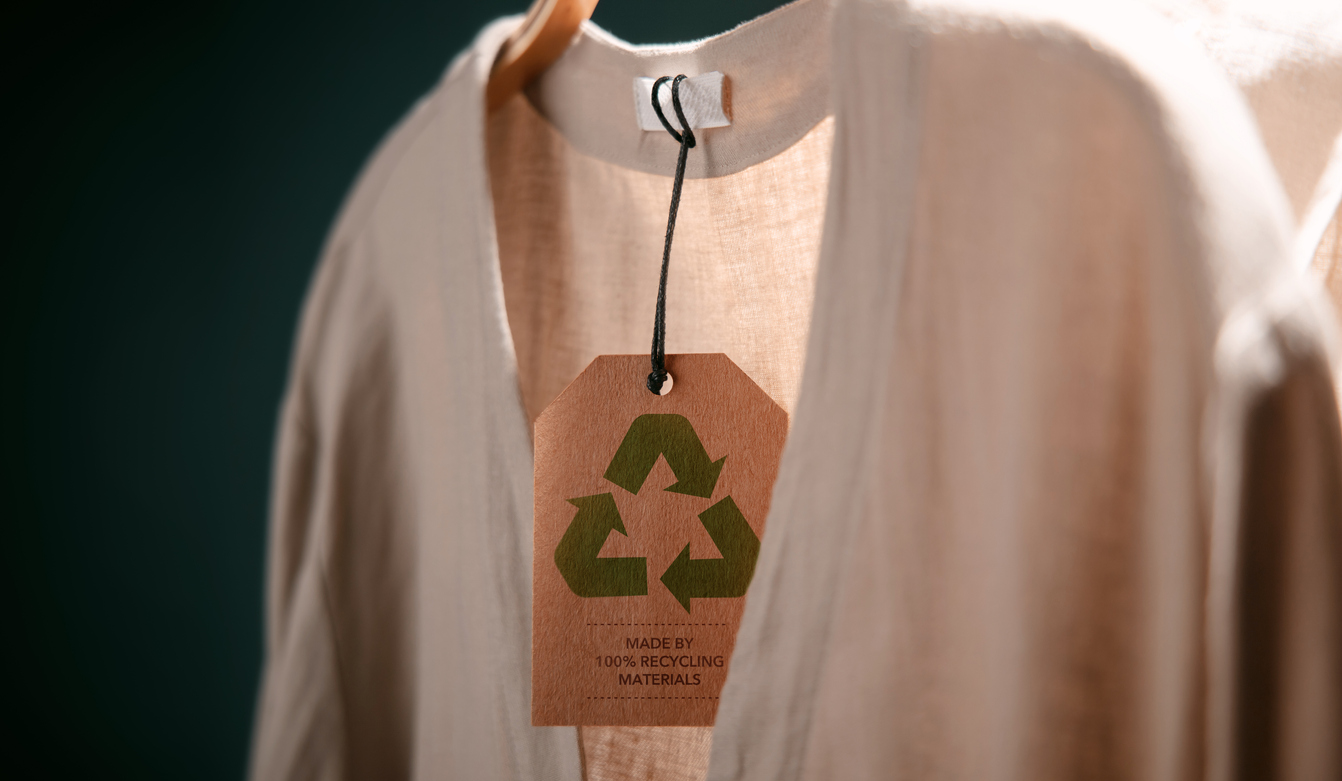How Cape Town Sustainable Fashion is Forming Eco-Conscious Buying
How Cape Town Sustainable Fashion is Forming Eco-Conscious Buying
Blog Article
Remain Ahead of the Curve by Exploring Innovative Fashion Fads
In a market as dynamic as fashion, remaining ahead involves even more than just following present patterns-- it requires an exploration of technology. The convergence of modern technology and style advertises a new era of customer interaction.

Welcoming Smart Textiles
In recent times, the fashion sector has actually witnessed a transformative shift with the integration of clever textiles, a cutting-edge development that blends modern technology with material. This evolution represents not just a combination of aesthetics and performance however additionally a substantial leap in the direction of sustainability and personalization in vogue. Smart textiles, additionally known as e-textiles, installed advanced electronics such as sensing units and conductive threads within the material, allowing garments to interact with the setting or the user.
These textiles are developed to keep track of physiological criteria, such as heart rate or body temperature level, supplying real-time health analytics. Past health and wellness applications, wise fabrics are additionally being utilized for adaptive garments, which can alter color or pattern in feedback to environmental stimuli, therefore providing a dynamic fashion experience.
In addition, the advancement of energy-harvesting fabrics that create power from activity or sunshine is paving the means for self-dependent wearable modern technology. This technology is appealing to ecologically mindful consumers and developers aiming to minimize the environmental footprint of fashion. As research and growth in this field development, smart textiles are anticipated to come to be progressively prevalent, improving the landscape of modern-day fashion with their multifunctional capabilities.
The Increase of 3D Printing
Transforming the manufacturing landscape, 3D printing has actually emerged as a game-changer in the garment industry. This advanced innovation has actually enabled developers to push the borders of imagination, producing intricate and tailored garments that were formerly inconceivable. By leveraging electronic design and additive production, 3D printing assists in the production of intricate geometries and patterns, allowing developers to try out brand-new appearances and structures.
A remarkable advantage of 3D printing in fashion is its capacity to generate on-demand, reducing waste and lowering stock requirements. This performance not just enhances manufacturing procedures but also enables for quick prototyping, making it possible for designers to bring their visions to life in a much shorter timeframe. Moreover, 3D printing sustains customization to a level unrivaled by standard approaches, offering unique layouts and individualized fits tailored to specific customer choices.
The surge of 3D printing has actually also equalized style, making it obtainable to arising developers that can now produce high-grade items without significant monetary investment in conventional production infrastructure. As technology proceeds to advance, the fashion business is positioned to harness the full potential of 3D printing, checking out new products and methods that will undoubtedly redefine just how fashion is developed and created.
Sustainable Fashion Advancements
As the garment industry faces journalism requirement for ecological obligation, sustainable fashion innovations have actually emerged at the center of transformative adjustment. The expanding understanding of eco-friendly influence has fueled a change in the direction of even more eco-conscious practices and materials. Developers and brands are currently prioritizing sustainability, incorporating methods that lessen waste and minimize carbon impacts.
One considerable development is the surge of circular style, which highlights recycling and upcycling to expand the lifecycle of garments. This approach not just decreases waste but also encourages consumers to embrace an extra mindful strategy to clothing consumption. Furthermore, using lasting materials, such as organic cotton, hemp, and recycled polyester, has obtained grip. These materials need less water and energy during production, significantly minimizing environmental impact.
Another advancement Full Report lies in the adoption of ingenious dyeing methods that use natural dyes or waterless processes, thus reducing the substantial amounts of water and chemicals commonly utilized in fabric dyeing. In addition, advancements in biotechnology have actually brought about the creation of lab-grown leather and materials, using ecologically friendly and cruelty-free choices to traditional materials. With these introducing initiatives, the style market is making significant strides towards an extra sustainable future.

Tech-Integrated Garments
Tech-integrated apparel represents a groundbreaking combination of style and innovation, reshaping how individuals engage with their apparel. This innovative domain is marked by the inclusion of clever fabrics and ingrained electronic parts, enhancing both capability and aesthetic charm. From health and fitness trackers embedded in sportswear to warmed coats managed through smartphone apps, tech-integrated apparel supplies customers unmatched helpful resources benefit and adaptability.
Pioneering brands are driving this fad, focusing on creating garments that reply to environmental stimulations or customer commands. For instance, some garments can alter color or pattern in reaction to temperature level changes, while others incorporate biometric sensors to keep an eye on health and wellness metrics like heart rate or stress degrees. The seamless integration of innovation into textiles likewise includes environmental sustainability, with efforts to create self-cleaning textiles or garments that get used to weather, hence lessening the need for numerous layers.
Moreover, the development of wearable technology is not simply restricted to garments however expands to devices like watches and glasses, further widening the extent of tech-integrated style. As the market remains to innovate, the capacity for modification and personalization in clothing expands, supplying consumers one-of-a-kind, tech-enhanced fashion experiences that provide to their private requirements and choices.
Future of Virtual Fashion
Over the last few years, the future of virtual fashion has actually arised as a transformative force within the sector, leveraging innovations in digital technology to redefine exactly how fashion is developed, experienced, and eaten. By incorporating increased fact (AR), virtual reality (VR), and 3D layout devices, designers can currently craft interactive and immersive experiences that transcend conventional fashion limits. Online style permits for the production of garments that exist entirely in digital atmospheres, supplying countless possibilities for advancement without the limitations of physical manufacturing.
This electronic change not just provides chances for creative expression but likewise addresses sustainability worries fundamental in typical fashion methods. Cape Town Sustainable Fashion. By removing the requirement for physical resources, online style reduces waste and lessens carbon footprints. Additionally, the surge of digital style lines up with the raising consumer demand for unique and personalized experiences, as virtual garments can be tailored and customized to recommended you read individual choices easily

Final Thought
The fashion industry's future lies in the integration of innovative technologies and sustainable practices. Virtual style is positioned to redefine customer interactions.
In recent years, the fashion market has observed a transformative change with the assimilation of smart fabrics, an innovative development that mixes technology with textile.As the style market grapples with the pushing need for ecological duty, lasting style technologies have actually emerged at the leading edge of transformative change.In recent years, the future of online fashion has actually arised as a transformative force within the sector, leveraging innovations in digital technology to redefine how fashion is developed, experienced, and consumed. The rise of digital fashion lines up with the boosting consumer need for distinct and personalized experiences, as online garments can be tailored and customized to specific preferences with convenience.
The style market's future lies in the assimilation of sustainable techniques and innovative technologies.
Report this page